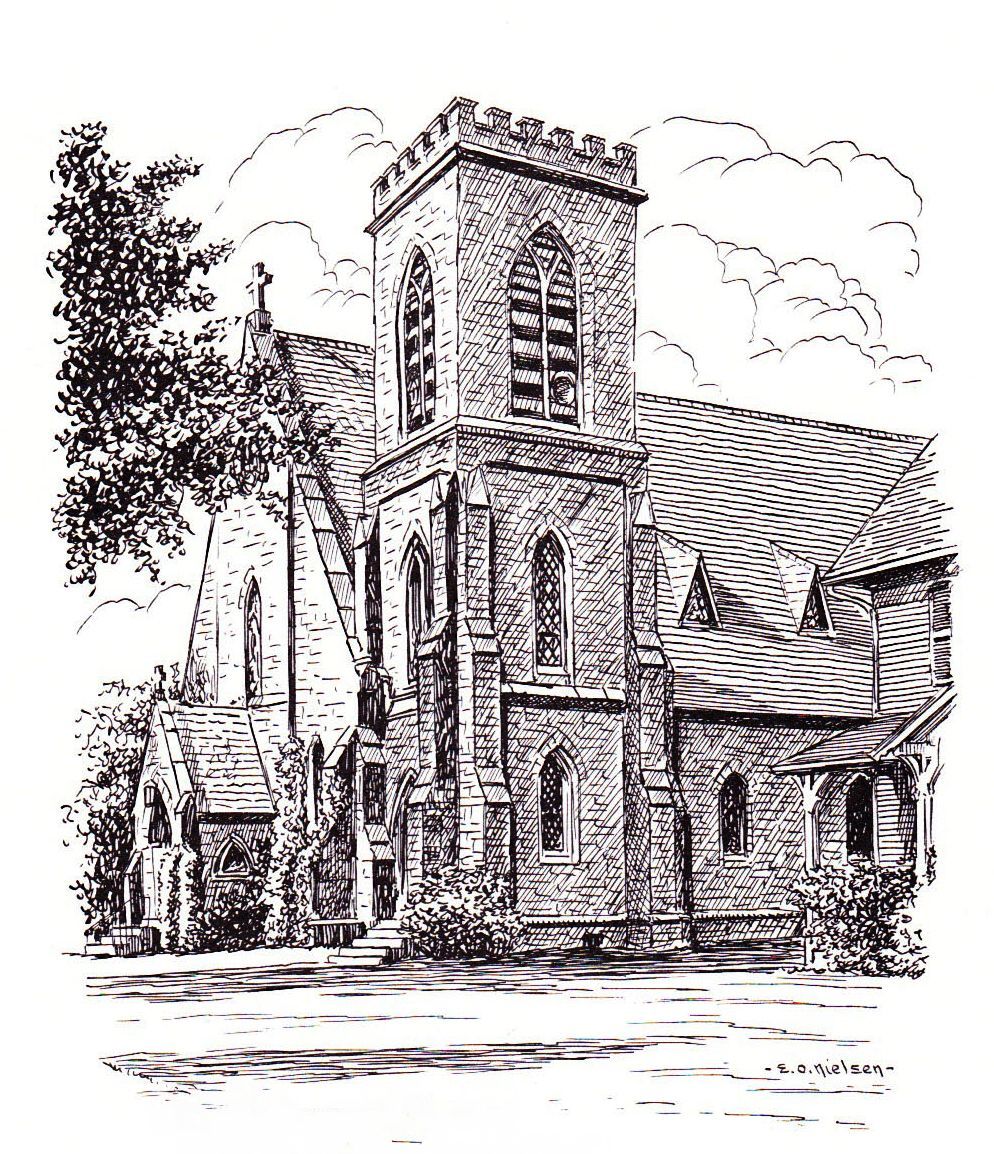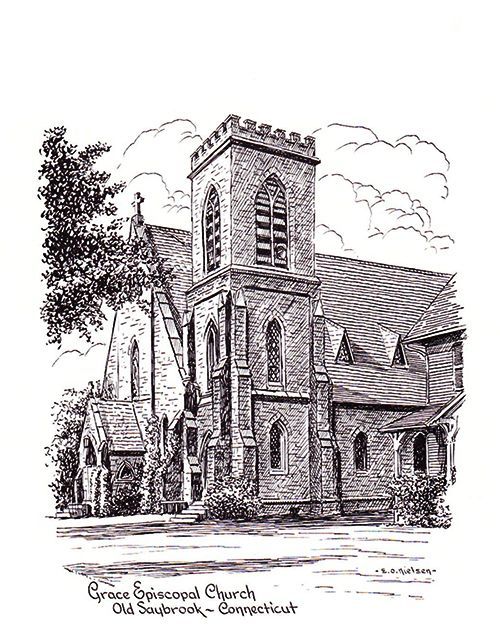History
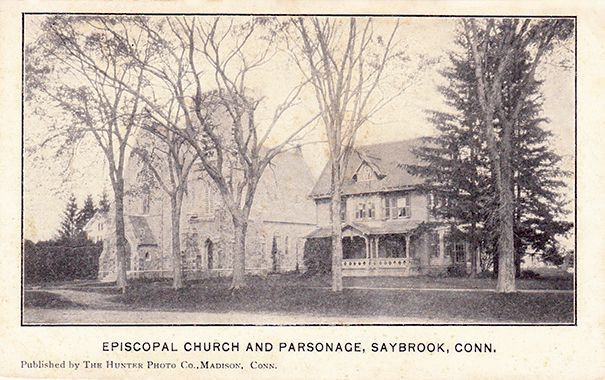
History
When the Reverend Peter G. Clarke of Essex traveled down to Saybrook in August 1825 to hold Episcopal services for 12 members in a private residence, he was planting the kernels of a religious faith that had modest beginnings elsewhere in Connecticut.
Connecticut is the oldest diocese in the Episcopal Church. In Old Saybrook, Grace Episcopal Church is the oldest and only early 19th-century non-Congregational church that remains in existence.
After services were held in the Center Schoolhouse for five years, the growing congregation was ready for a larger and more traditional house of worship. In May 1830, it voted to organize under the name of Grace Church and build its own church. The organizers included several pillars of the Saybrook community: Richard Hart, William Lynde, Richard Chalker, Richard Pratt, Augustus Chalker, William Willard, Ira Bushnell and William Clark.
Major Richard Hart and his wife donated land on the west side of Main Street north of their residence on the corner of the Old Boston Post Road, and Richard and Augustus Chalker did the construction work. The new building was completed under the leadership of Reverend Ashbel Steele, the first rector.
The little white, wooden church served its purpose for many years. By the early 1870s, the congregation desired a larger and improved place of worship. The property was sold to Mrs. Eliza Morgan and the building to James H. Day and Daniel C. Spencer, who moved it next to the store they owned on the Old Boston Post Road. The little church was converted into stores and over time was J.A. Ayer’s Boot Store, the post office and a meeting hall. It still stands today and houses Dance Dynamics and two apartments.
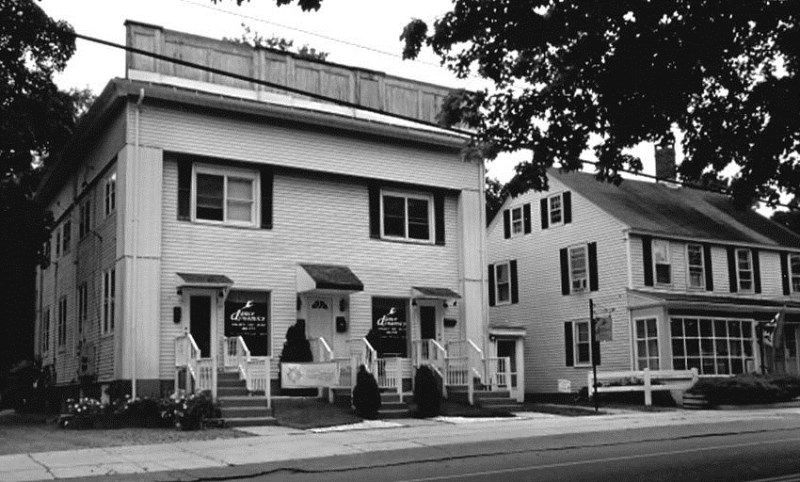
The new, and present, English Gothic style church was designed by the Reverend Jesse Heald. Stone came from the town quarry, now the site of the Staples office store. The building, an architectural attraction today, was consecrated by the Reverend John Williams on Oct. 24, 1872. There were 130 communicants.
Click here for a more detailed history
of Grace Church & the Old Saybrook Quarry
Reverend Heald also provided the design for the rectory, which is said to be a copy of a rectory in England. The original rectory was probably lost to fire and replaced by the present rectory in the early 1890s.
For years, the Hart family was a major contributor to Grace Church. Major Richard and Elizabeth Hart contributed land for the building and a pipe organ, the first of its kind in the area. A large stained-glass window over the entrance was given in their memory. Elisha Hart provided lamps for the pulpit. Mr. and Mrs. Samuel Hart donated the communion table and lamps. Bibles and prayer books were a gift from Mrs. Richard Hart.
A parish house was built by the Grace Church Guild, an organization formed in 1895 by the women of the church. When the building was completed in 1897, the group disbanded. The parish house itself remained until a new one was constructed in 1967, and named for the Reverend Edward R. Merrill who served as rector from 1948-1969.
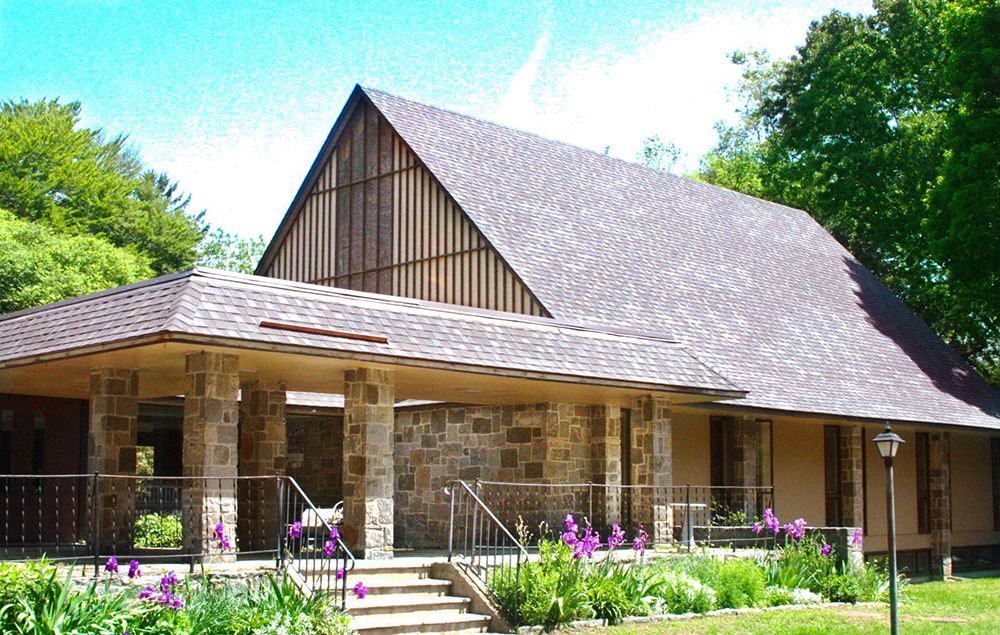
Other than the architectural beauty of the church and rectory, perhaps the most eye-catching structure is the massive pale pink granite name sign. This 2-ton, 7-foot (long) block was a gift of parishioner Gerry Drechsler, who found the stone in Clinton. Originally, in the foundation of the Amtrak bridge over Clinton’s Liberty Street, it came from the Stony Creek quarry. It was cleaned and sandblasted by Becker Granite Company of Middletown, which also engraved the church name and tinted the letters a dark color for visibility. It was installed on Oct. 1, 1997.
Since those early seed-planting days, Grace Church has flourished as a center of (the) community. Its wide ranging efforts span the globe from scholarships in Africa to raising funds for Saybrook’s Youth and Family Services, assisting those trying to overcome alcohol addiction and sponsoring a Boy Scout troop.
It sponsors a Wednesday food site, collects canned goods and staple items, conducts a heat-n-eat program, and (its) volunteers, along with members of the community, maintain a half-acre “Common Good” garden behind the church where they plant, care for and harvest garden produce that is delivered to five local food pantries.
They are planting seeds for improving lives. *
* Excerpted from a 2013 piece in the Shoreline Times, by Tedd Levy
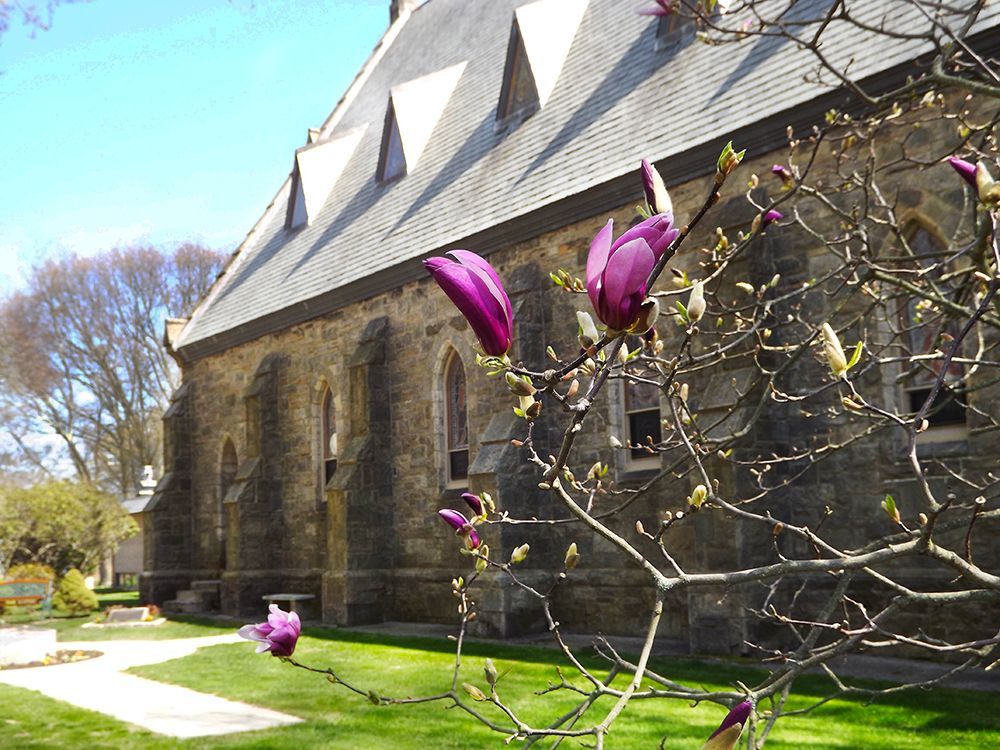
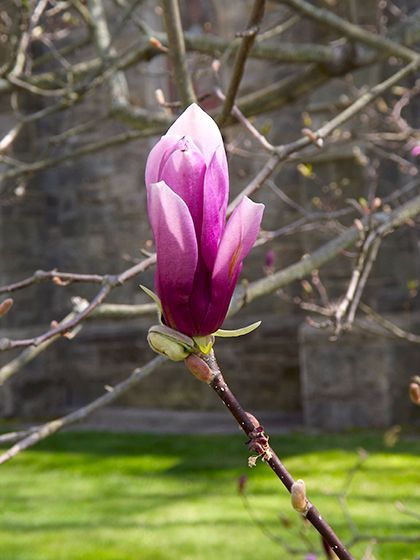
"Now this I say, he who sows sparingly will also reap sparingly, and he who sows bountifully will also reap bountifully."
2 Corinthians 9:6 (NASB)
